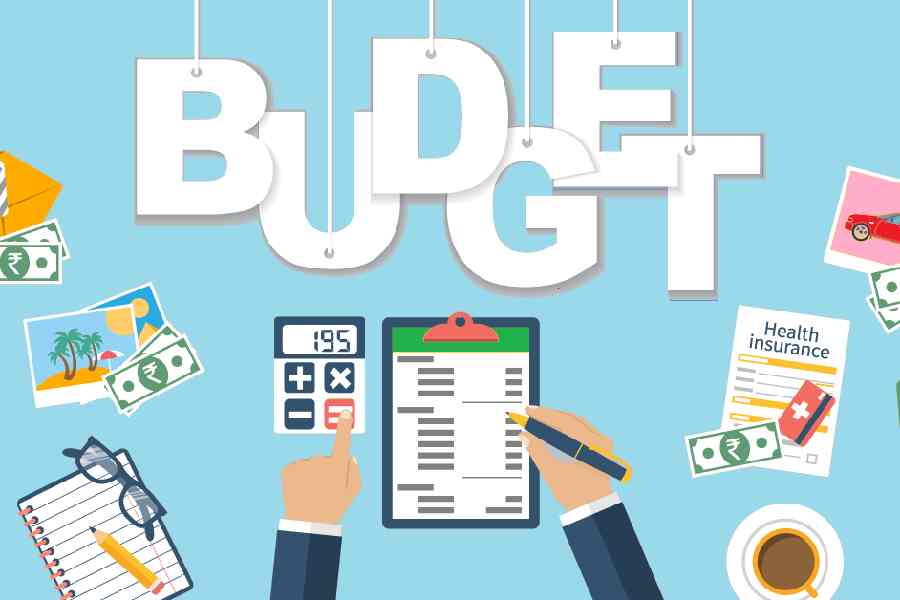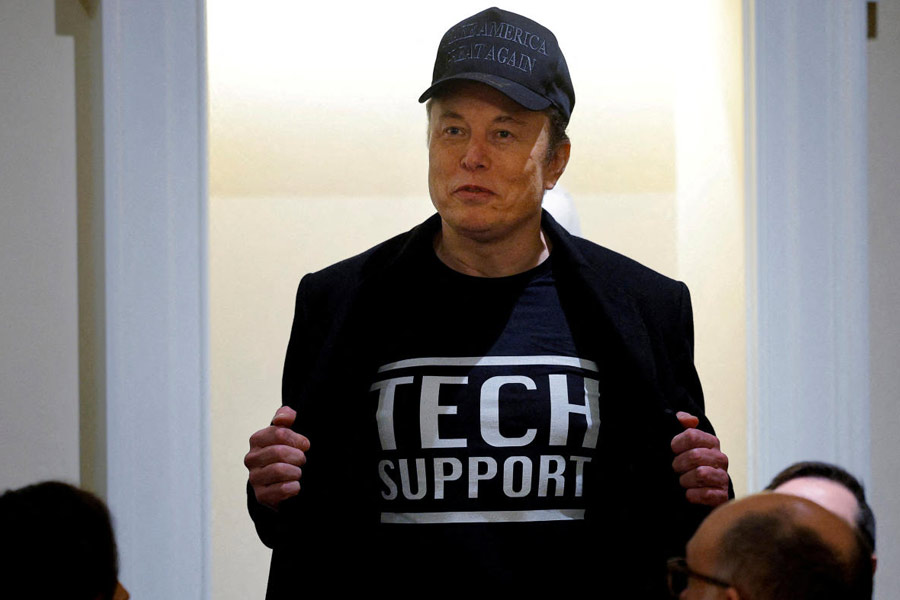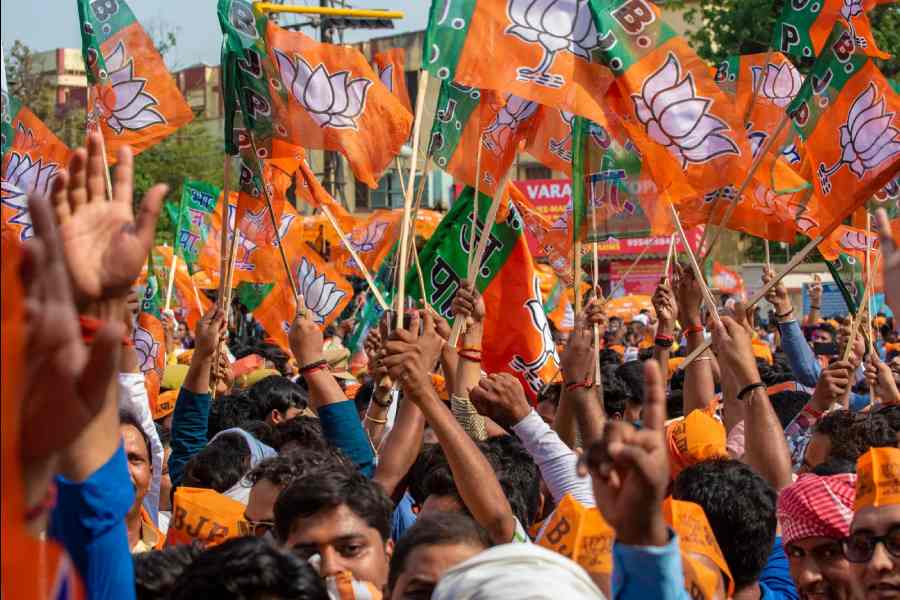A sharp decline in India’s GDP growth is amplifying economic hardship for ordinary citizens, as stagnant wages, rising inflation and dwindling savings crimp household budgets.
Economic growth, which has slowed to 5.4 per cent in the July-September quarter of 2024 compared with 6.7 per cent in the previous quarter, is now projected to decelerate further to 5.9 per cent in fiscal 2026, according to Nomura. While economists point to structural factors, including waning urban demand and slow private investment, family breadwinners despair at the prospect of managing mounting bills.
“When real wages stagnate or fall, consumption also stagnates,” says Jairam Ramesh, senior leader from the Congress party, blaming weak wage growth for the slowdown. “This not only impacts individual households but also discourages private sector investment, deepening the economic malaise.”
India’s wage landscape underscores the severity of the problem. Average monthly earnings in rural India fell to ₹8,842 in 2023-24, down from ₹9,107 in 2017-18. Urban wages showed only a marginal increase over the same period, rising from ₹12,847 to ₹13,006, according to the Periodic Labour Force Survey.
The situation is worse when adjusted for inflation. Real wages for male workers in rural areas declined from ₹9,748 in 2017-18 to ₹9,589 in 2023-24, while female workers experienced a similar drop. Urban female workers saw their wages decrease from ₹10,867 to ₹10,693 during this period.
“Such an alarming drop in real wages is unprecedented,” says Garima Kapoor, an economist at Elara Securities. “It’s indicative of a broader slowdown in economic activity, with reduced profitability for manufacturers and sluggish hiring in key sectors like technology.”
With wages declining and inflation at 6.21 per cent in October — the highest in 14 months — households are struggling to manage.
Savings rates have fallen sharply, hitting a five-year low of 5.2 per cent of GDP in fiscal 2024, according to the Reserve Bank of India.
“For the first time in years, we’ve had to borrow just to cover basic expenses,” said Rajiv Sharma, a retired government employee in New Delhi. “We never thought we’d have to dip into our savings for essentials like food.”
The rising cost of living has made even basic commodities unaffordable for many families. The cost of a home-cooked vegetarian thali, a meal comprising staples like rice, dal, vegetables, and roti, rose 7 per cent year-on-year in November to ₹32.70, according to Crisil. Non-vegetarian thalis saw a 2 per cent increase to ₹61.50.
With discretionary spending shrinking, consumption patterns have shifted. From soaps to cars, consumers are cutting back and companies like Maruti Suzuki and Hindustan Unilever have reported weaker earnings. “The urban middle class, traditionally a driver of consumption, is under significant financial stress,” says Kapoor.
Profitability up
While households struggle, corporate profitability has soared. The corporate profit-to-GDP ratio reached a 15-year high of 4.8 per cent in 2023-24, up from 4 per cent the previous year, according to brokerage firm Motilal Oswal. But this rise has not translated into wage increases.
“There’s a troubling disconnect,” said chief economic advisor V. Anantha Nageswaran. “Corporates are prioritising margins over employee compensation, weakening purchasing power and consumer demand.”
The result is a vicious cycle: declining wages reduce consumption which, in turn, discourages private-sector investment. According to Ramesh, this dynamic poses a severe threat to long-term economic stability.
Sectoral impact
FMCG firms, which reported a muted set of earnings in the second quarter, have cited several factors for the decline in urban spending. These include rising food inflation, poor increase in earnings particularly among the non-salaried class, elevated interest rates and mounting housing costs including rentals. The situation would have been a lot worse if rural demand had not been robust.
An India Ratings (Ind-Ra) report said consumption had been affected by factors like adverse weather, stagnant real wages and elevated household leverage. Its analysis of the first half results of over 907 companies in the consumption sector showed that eight out of the 24 key consumer-facing sectors could have faced a volume decline.
According to NielsenIQ, FMCG urban consumption growth stood at 2.8 per cent. in Q2. While this was higher than 2.1 per cent on a sequential basis, it was sharply lower than the 11 per cent growth in July-September 2023.
Varun Berry, vice-chairman & managing director of Britannia Industries Ltd, summed up the grim situation during a concall after the company’s second-quarter results. Citing NIQ data, he said the FMCG market growth in percentage terms stood at 2 per cent in the third quarter of calendar year 2024 as against zero per cent in the preceding three months. It had stood at 14.8 per cent in April-June 2023.
“The FMCG market growth, as given by NIQ, is lowest in the metro. In metros… they were almost at 0 per cent. And today, they stand at about 2 per cent… Basically, the metros contribute 30 per cent of the FMCG industry’s business. But what it contributes to the slowdown is almost 2.4 times that,” he added.
Clamour for reliefs
Policymakers are under mounting pressure to address these challenges. Finance minister Nirmala Sitharaman is expected to present a Union budget early next year, with economists calling for targeted relief measures.
“Short-term steps like subsidies or tax relief could alleviate some of the immediate pressure,” says Joshi. “But structural reforms are needed to address wage stagnation and improve agricultural productivity to stabilise food costs.”
Sunita Singh, a homemaker, said she is left juggling bills with no room for savings. “Everything feels more expensive, and we’re cutting back wherever we can. How much more can we stretch (our budgets),” she asks.
For Sunita and millions like her, the GDP number is a distant abstraction. Their day-to-day reality is shaped by the market forces that have started to claw money out of household budgets as the economic slowdown deepens.










